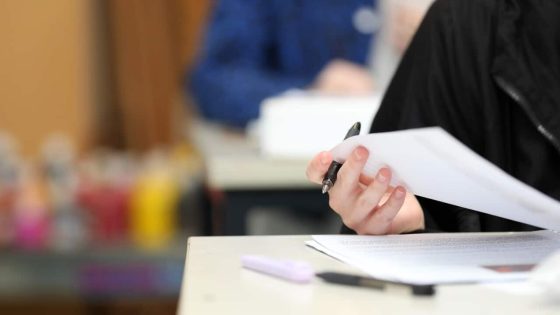Results in the National Assessment Program – Literacy and Numeracy tests (NAPLAN) have held stable and so have entrenched academic gaps between boys and girls, urban and regional children, and First Nations students.
Almost 1.3 million students across more than 9400 Australian schools and campuses took the national assessment program for those in years three, five, seven and nine.
The Australian Curriculum, Assessment and Reporting Authority (ACARA) changed the NAPLAN proficiency standards in 2023, which makes it difficult to explore trends and compare data.
But the 2024 results show no significant difference in average scores over the previous two years, which ACARA chief executive Stephen Gniel has lauded.
“The fact that the results of Australian students have remained stable … is an important achievement,” he said.
However, there are significant gaps between different student demographics in the results of the tests for numeracy, reading, writing, spelling, and grammar and punctuation.
Female students outperformed male counterparts in writing, with 73 per cent testing at “strong” or “exceeding” levels compared to 58 per cent of boys in year seven.
Male students performed better in numeracy than girls, with 5.9 per cent fewer female learners in year three achieving the “exceeding” levels and 6.7 per cent fewer in year five.
The results also showed a higher proportion of Indigenous students needed additional support.
In reading and numeracy, about one-in-three First Nations children tested in the “needs additional support” proficiency level compared to one in 10 non-Indigenous students.
A divide between urban and rural schools also appeared in the results, with 24 per cent of students from very remote schools being rated as “strong” or “exceeding” compared to 70.7 per cent of students from major city schools.
The 2024 results “provide clear information on areas requiring our collective focus and effort for improvement,”Gniel said.
NAPLAN participation rates also remained steady, with the proportion of students taking part increasing slightly to 93.4 per cent.
with the Australian Associated Press
Source Agencies


